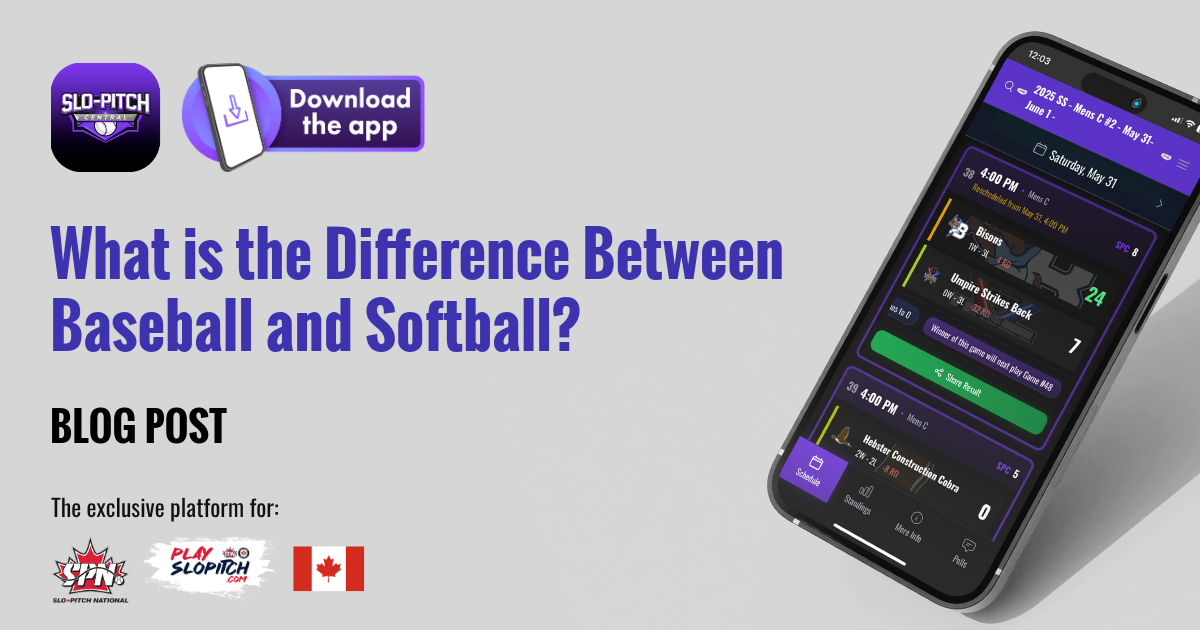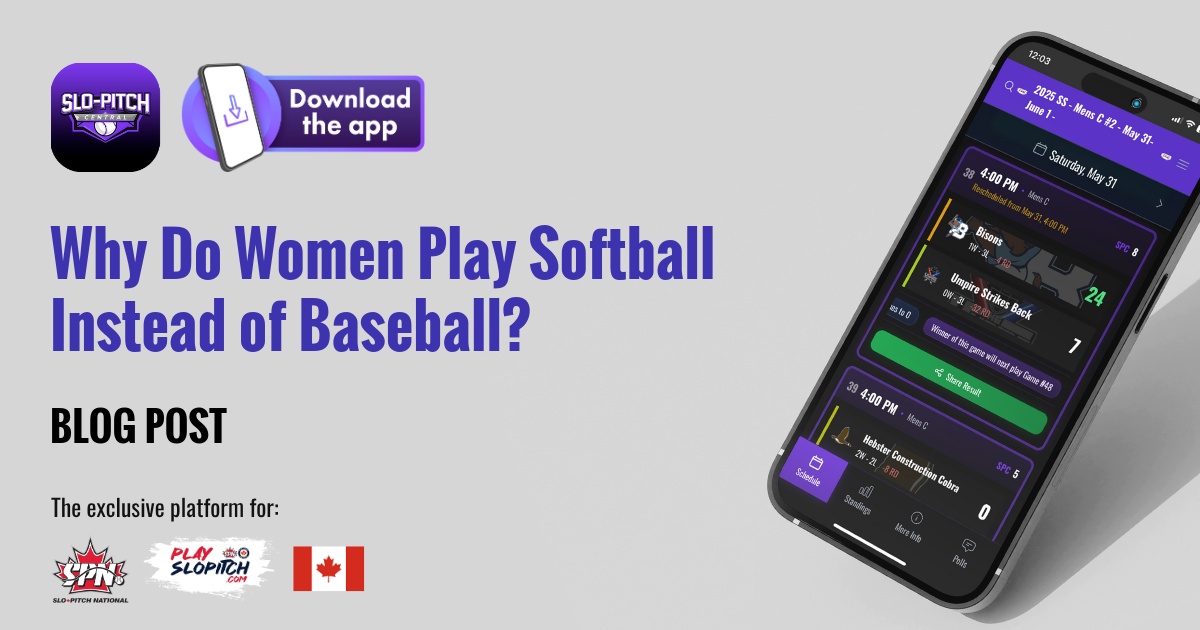Why Wearing a Helmet Can Save Your Slo-Pitch Season
Shane HeyworthSeptember 30, 2024
Advertisements help keep the site free
📖 About Slo-Pitch Central
Your ultimate resource for slo-pitch softball news, tournaments, and community updates. We're dedicated to bringing you the latest stories, insights, and information from the slo-pitch community across North America.
Learn more about us →




